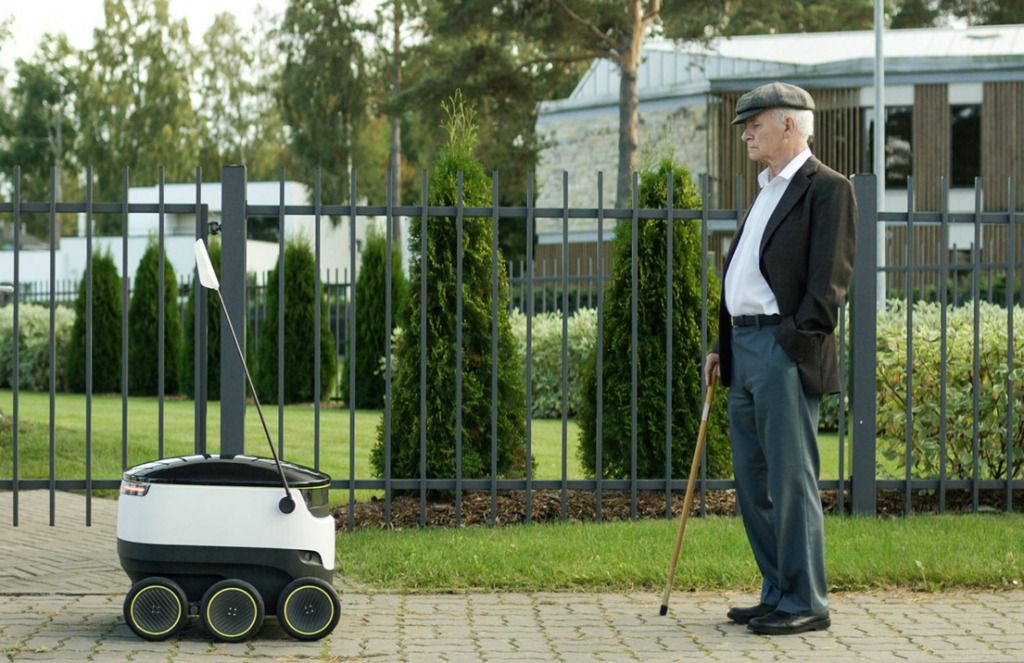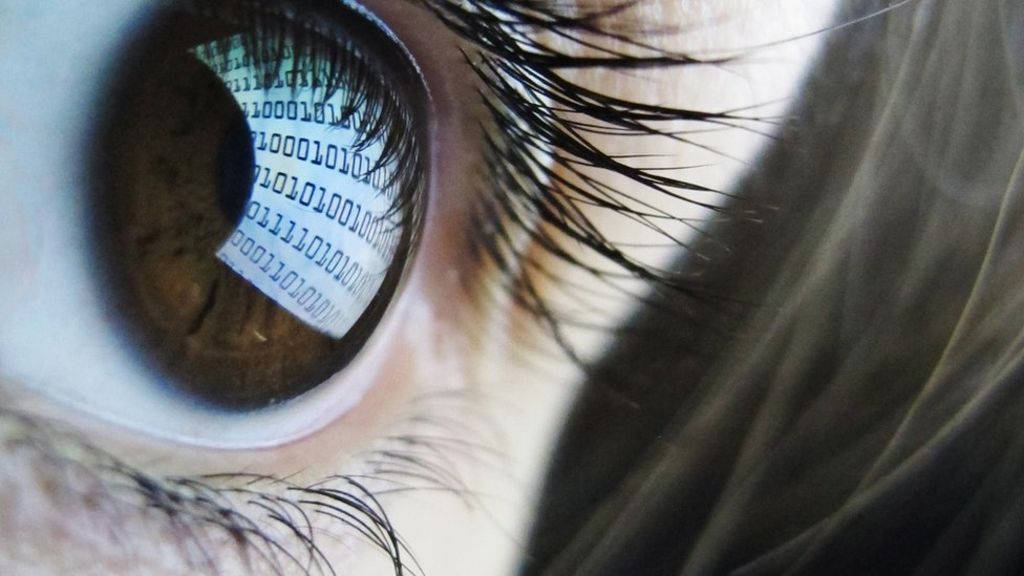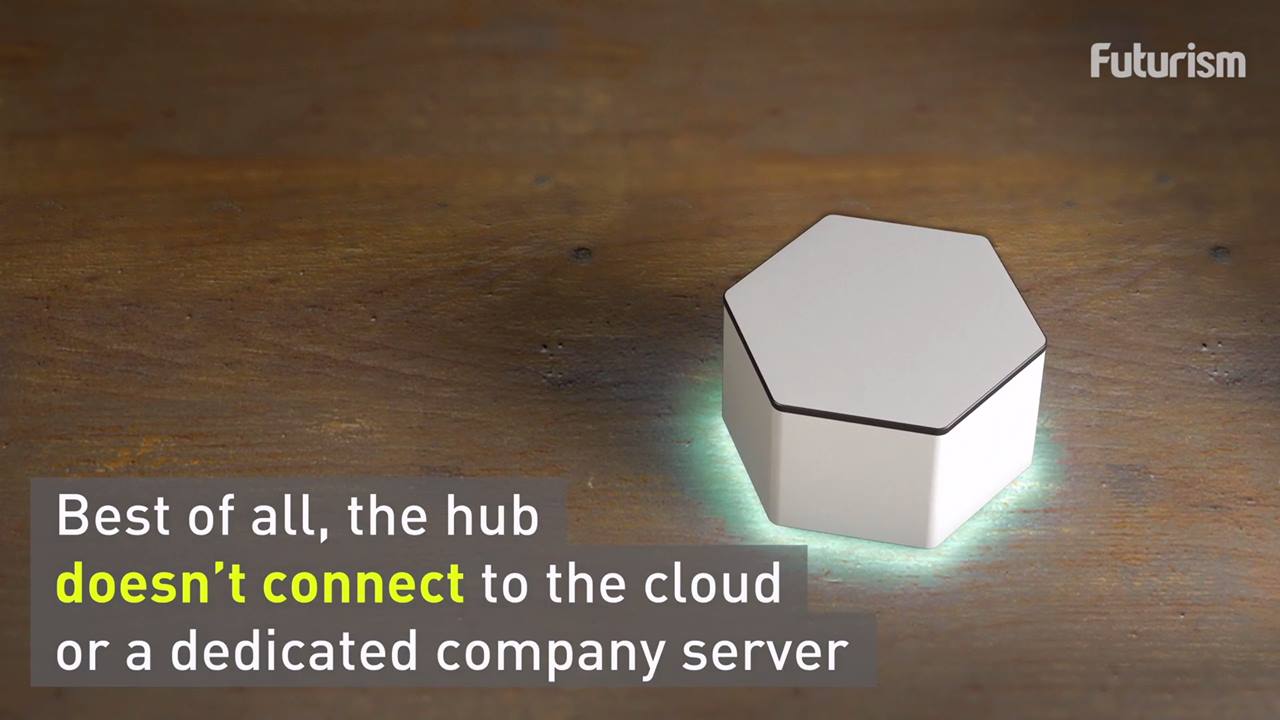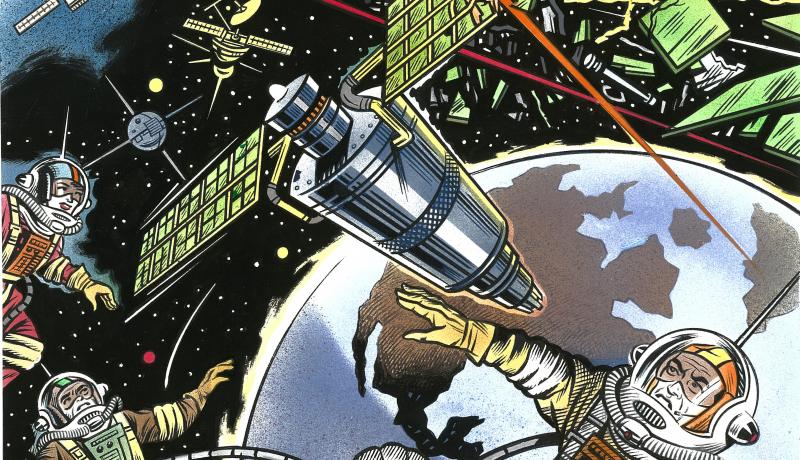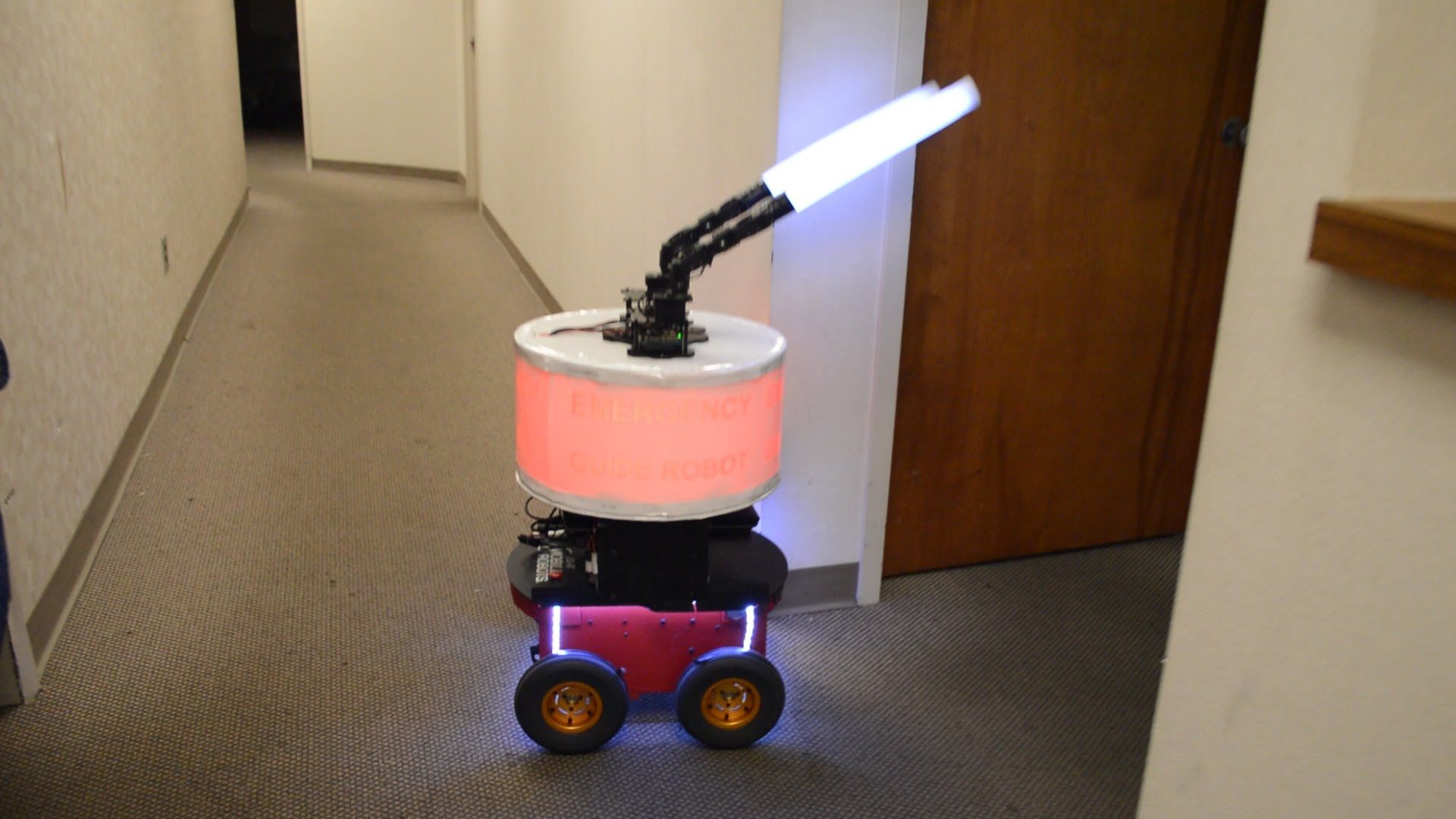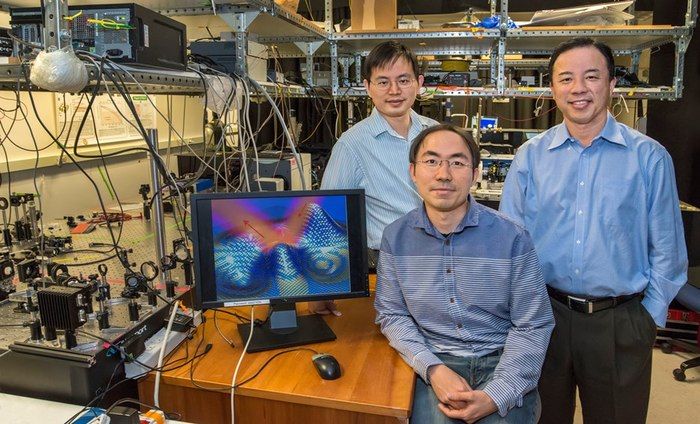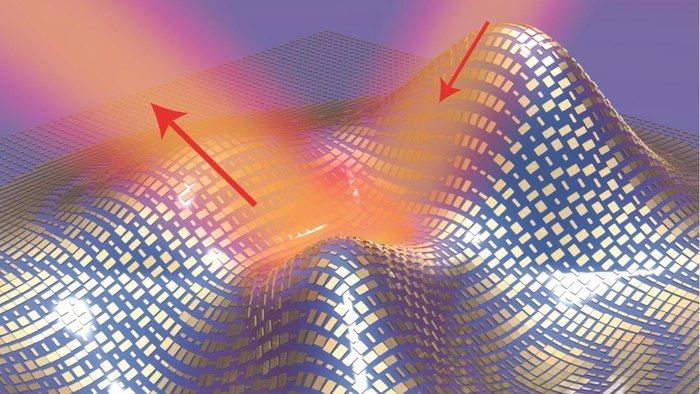Granted AI performs well at identifying, predicting how to respond through analyzing patterns and information, etc. However, AI is not completely hacker proof at this point. AI still requires close monitoring by humans. The bottom line is until the existing net infrastructure and digital platforms are Quantum based; it will be hard to make AI hacker proof and fully autonomous due to the risks with the existing digital technology.
In the new battle between man and machine, how does artificial intelligence impact the security professional?
![]() Posted by Ben Rossi.
Posted by Ben Rossi.

